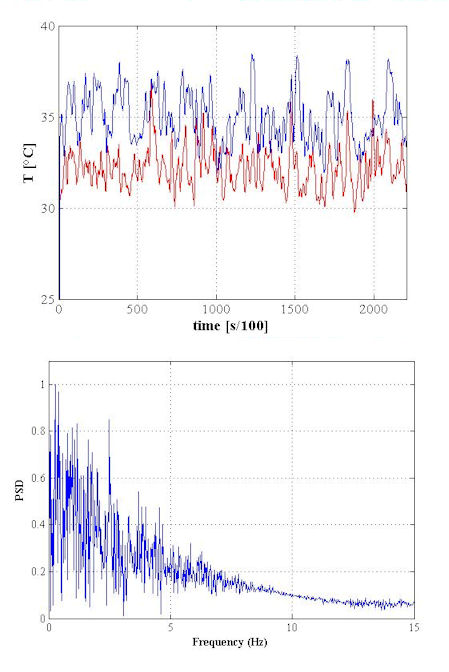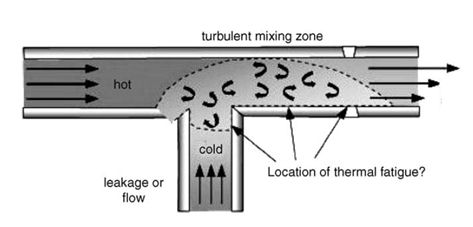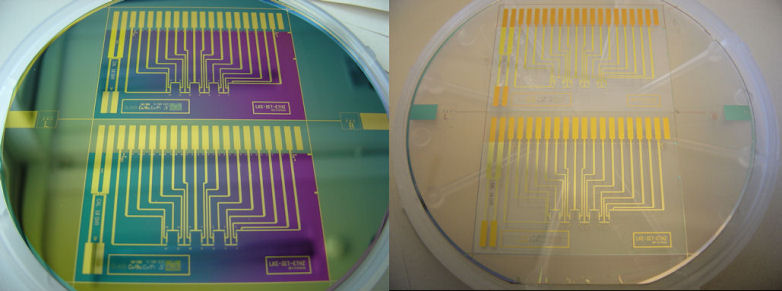Temperature Sensors Array
Many nuclear power plants report high thermal fatigue in their cooling system, which is caused by temperature fluctuations in a non-isothermal mixing area. One of these areas is T-junction, in which fluids of different temperatures and velocities blend. Mechanical stresses arise from temperature fluctuations, repetitive application of these thermal cycles pose the risk of a failure of the component.
Studies of thermal fatigue have been carried out initially in liquid cooled fast breeder reactors because of the high thermal conductivity of liquid metals coolants. After many recent thermal fatigue events occurred in various nuclear power plants, the focus of thermal striping studies shifted also to light water reactors. Finding data for code validation is an important issue, especially for the life management of existing nuclear power plants and prediction of ageing of safety-relevant components. Temperature fluctuation study could help any other industrial field involved in such phenomenon.

The aim of the project is to develop miniaturized sensors in order to detect such fluctuations in t-junction flow mixing. Multidisciplinary skills are required in order to fabricate sensors in house by means photolithographic technique in dust free environment. Develop the dedicated electronic systems; mechanical setup and processing data.
DownloadRTD2 Photolitho Mask (PDF, 114 KB)vertical_align_bottom
For further information contact Francesco Paolo D'Aleo
Contact
No database information available


